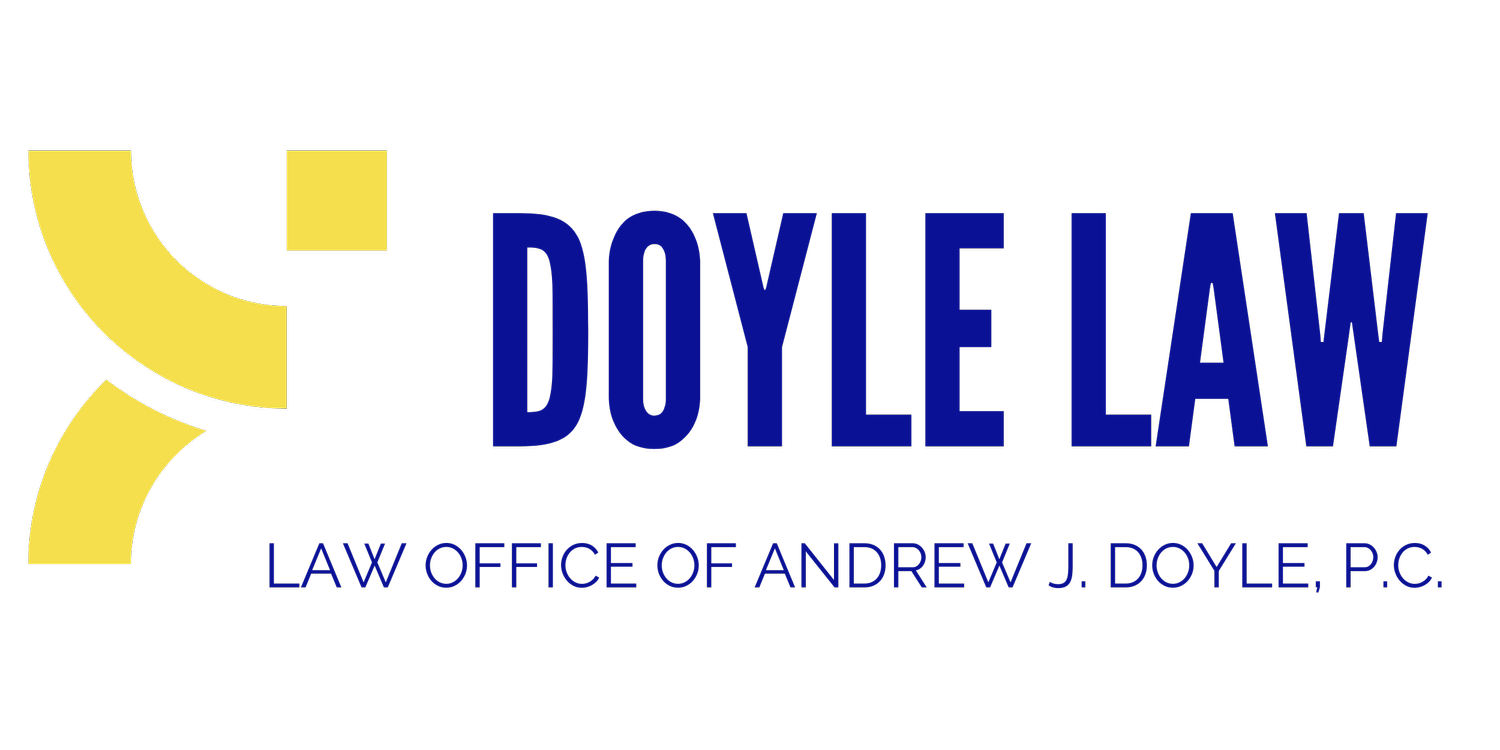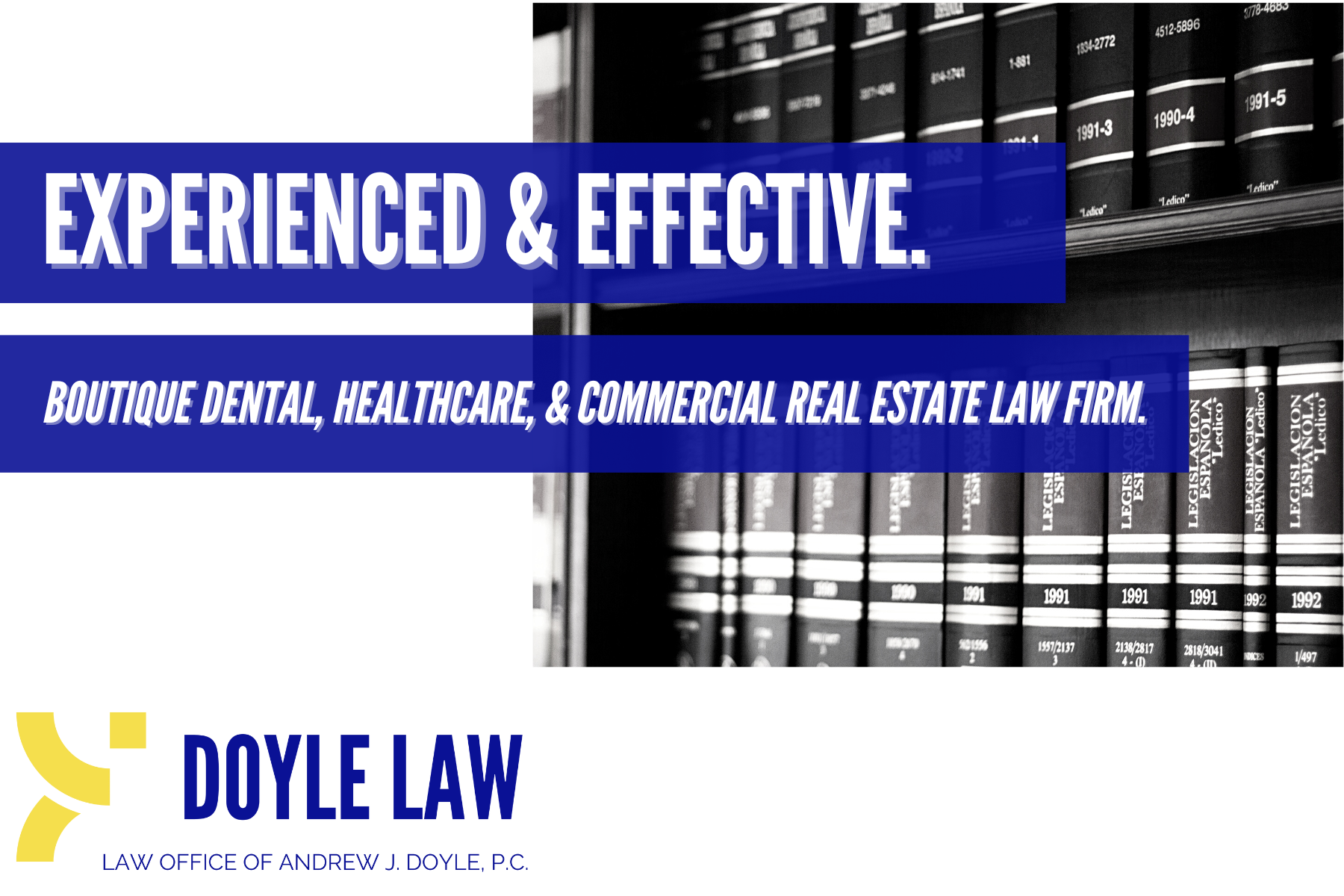Dental Practice Leasing 101
>> dental Practice Leasing ‘101’ <<
This article provides details that every dental practice tenant must know about their lease term…
Time is the essence of your lease. In a lease, the landlord agrees the tenant may use the premises on certain terms over a defined period. This period of time, which often includes optional periods, is referred to as the term.
Most lease terms are five (5) years, although a lease term can be any period of time. Other than the period of time, the only other technical quality the term must have is a certain date with a known beginning and end point.
As a tenant you will want to build structure around your lease term to accommodate and manage your tenancy.
1. Term commencement. You will want your term to commence only after you have had the time to build out your premises. The key issue here is that the rent should not begin until you have some cash flow regardless of whether the term has commenced or not.
2. Total term plus extension length. Ideally, you will want your term length to be long enough to accommodate your anticipated tenancy event horizon (see Professional Advisory Issue 95) without impairing your ability to manage your premises. In short, your term plus option period should be longer than the number of years you plan to practice, plus the time a purchaser requires to amortize a purchase loan – which in total could be 30 years plus 10 years or a total of 40 years or more.
Because you want to have the option to stay for a lengthy period, but not the obligation, you should set up an initial term, plus successive options to renew or extend the term, which overall, equal the event horizon.
A lease can have as many options to extend as the parties agree to. Typically, like the initial term, the options are for periods of five years. If the lease is for a premises which is one of several premises being leased at a property, the total number of years can be more than 21. However, most landlords will not agree to a “term plus option” sum of more than 20 years because they do not know what the conditions will be that far into the future. At the very least, they will insist on some mechanism to terminate, instead of extending, if the total potential lease term length is too long.
3. Term structure. The initial term should be four years, with a few subsequent options, the first being one year because CRA permits depreciation of leasehold improvement costs over the first term plus option but not less than five years. Tenants can exercise the first option at the time the lease is executed. This approach accelerates depreciation to a five-year period instead of 10 or 15 years giving the tenant the use of the development funds instead of CRA for an additional 10 years.
4. Operable term extensions. Term extension options must be operable. Essential features include:
a) The ability to assign all options to a successor. There is no point in an option which cannot be transferred to a successor.
b) The understanding that during each option period, all terms and conditions of the lease remain the same except base rent which is to be set at the fair market rates. You do not want to face unreasonable rental rates, a new lease document, a forced renovation, or different business terms and conditions during any option – unless you want to!
c) The fact that each option must have a certain operable mechanism. Specifically, each option must
i. be date certain, and
ii. have an “in case of disagreement on the rate” mechanism that enables the parties to resolve the rental rate. Usually arbitration is the “showstopper” in this case, but there are other more efficient mechanisms.
The best advice we can provide is to pay strict attention to your lease term! Take the term seriously! The term plus option timeline determines the value of your practice.
5. Early termination negates term length. The lease must not contain a provision whereby the landlord can terminate, except for default. Otherwise, the options are of little value, and the “term” is the length of the early termination notice period. Typical early termination reasons tenants should avoid include:
- the landlord wants to remodel part or all the development,
- redevelop the property,
- sell the property, or
- terminate the lease as an alternative to assignment.
All these flaws are toxic to a tenant.
6. Sharing in value for long term length. Many landlords understand that a long term length determined by term extension options improves the sale value of the tenant’s operation, and at the same time limits the landlord’s ability to manage their property. For example, a tenant lease with a long event horizon will prevent a landlord from selling to a developer and enable the tenant to sell at a premium. These landlords will often look for return in value through a higher rent or simply refuse to grant options without a mechanism to terminate. This is a clear case of conflicting needs.
7. How to manage term length. In some cases, there is no solution to provide a long potential term length; the term plus option period is less than the ideal event horizon and the tenant needs to manage their affairs accordingly. In other cases, landlords will “negotiate” a trade of value for optional term length which leads to a process of negotiation. For example, agreeing to a rent set above market value in each option period in exchange for each option effectively buys options. In other cases, crafty solutions can be used to resolve the issue. For example, one landlord we deal with does not provide options to extend so we set up a mechanism which says that if the lease is assigned then the term is automatically extended by the period of time which has passed in the then current term. So, if the lease is assigned in year nine of a ten year term, the successor has an automatic ten-year extension.
The best advice we can provide is to pay strict attention to your lease term! Take the term seriously! The term plus option timeline determines the value of your practice. You must pay strict attention and manage your affairs accordingly. Trying to save a few dollars in professional fees could cost you hundreds of thousands of dollars. You need to retain someone who has both the experience and ability to set up term length in your offer to lease and lease and administer your options each time throughout your tenancy.
Source:
https://www.professionaladvisory.ca/content/what-you-must-know-about-your-lease-term
>> next steps <<
By working with Doyle Law, you can just sit back and know that your lease negotiation will be in great hands.
You can rest easy knowing that your dental practice lease fulfills all of your business needs.


